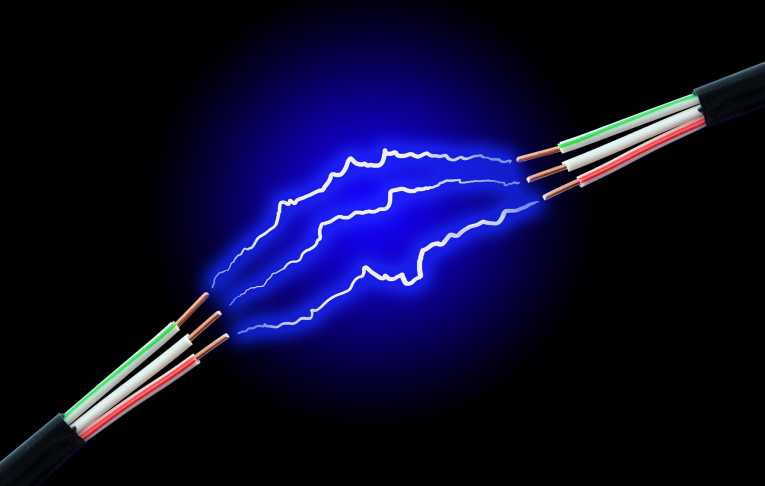As early as February this year, there have already been reports of breakthroughs in energy storage technology, particularly in the industry of superconductors. In a research study, a German team talks about improving the capacity of energy storage via a hybrid mix of potassium ferricyanide in aqueous media as opposed to the capacitors being used today.
The Research
The team was headed by Professor Volker Presser from the Leibniz Institute for New Materials (INM) in Saarbrücken said that the research can help in the building of supercapacitors capable of maintaining its steady status for longer periods of time without losing its charge.
Supercapacitors are electronic devices and also known as double-layer capacitors or ultracapacitors. In storing energy, a supercapacitor employs two mechanisms known as pseudocapacitance and double-layer capacitance. While the former is electrochemical, the latter is electrostatic. That said, a supercapacitor can yield capacitances as high as 12,000 F.
Entitled “High-Performance Hybrid Energy Storage with Potassium Ferricyanide Redox Electrolyte,” several discoveries were found by researchers. They were able to determine that the energy capacity of the medium used was 28.3 watt-hours per kilogram or equivalent to 11.4 watt-hours per liter.
This capacitance almost reached the upper limit of the supercapacitors available, which is 30-watts-per-kilogram and is relatively more than the ones used with aqueous sodium sulfate.
Another significant finding was that the hybrid electrochemical energy storage system boasts of excellent stability in a long period across 10,000 charge as well as discharge cycles. This made the researchers come up with the conclusion that this breakthrough will be significant in terms of energy storage applications.
The team from INM was also proud to disclose their achievement in handling and controlling the leakage with regard to an ion-exchange membrane.
Meanwhile, another scientist from Argonne National Laboratory, Lu Zhang, expressed that an important aspect of the research was the ferricyanide redox electrolyte since it can aid in improving the capacity and thus, delivering more energy from these supercapacitors and the ion-selective membrane also plays a significant role in maintaining capacitance and consequently preventing the discharging of the cell.
The research included the use of a hybrid approach in lieu of the process used in conventional capacitors in which two charged plates are used and are separated by a insulating material. In the approach used in the study, ionic liquid electrolytes that are able to operate even at higher voltages were used.
Zhang also added that the supercapacitor in their research will be a big help in many applications, such as operating electric cars and public transportation such as the use of the ABB in Switzerland that makes us of supercapacitors capable of charging electric buses for only three to five minutes. On another note, Elon Musk of Tesla Cars also said in 2011 that these supercapacitors are better than lithium-ion batteries.
One concern, though, is the existence of cyanide compounds in the hybrid mix that might be potentially hazardous. As an assurance, Zhang said that these possible hazards need to be evaluated first.
References
http://www.greentechmedia.com/articles/read/new-research-promises-superconductor-breakthrough
http://pubs.acs.org/doi/abs/10.1021/acsami.6b06264?journalCode=aamick&
